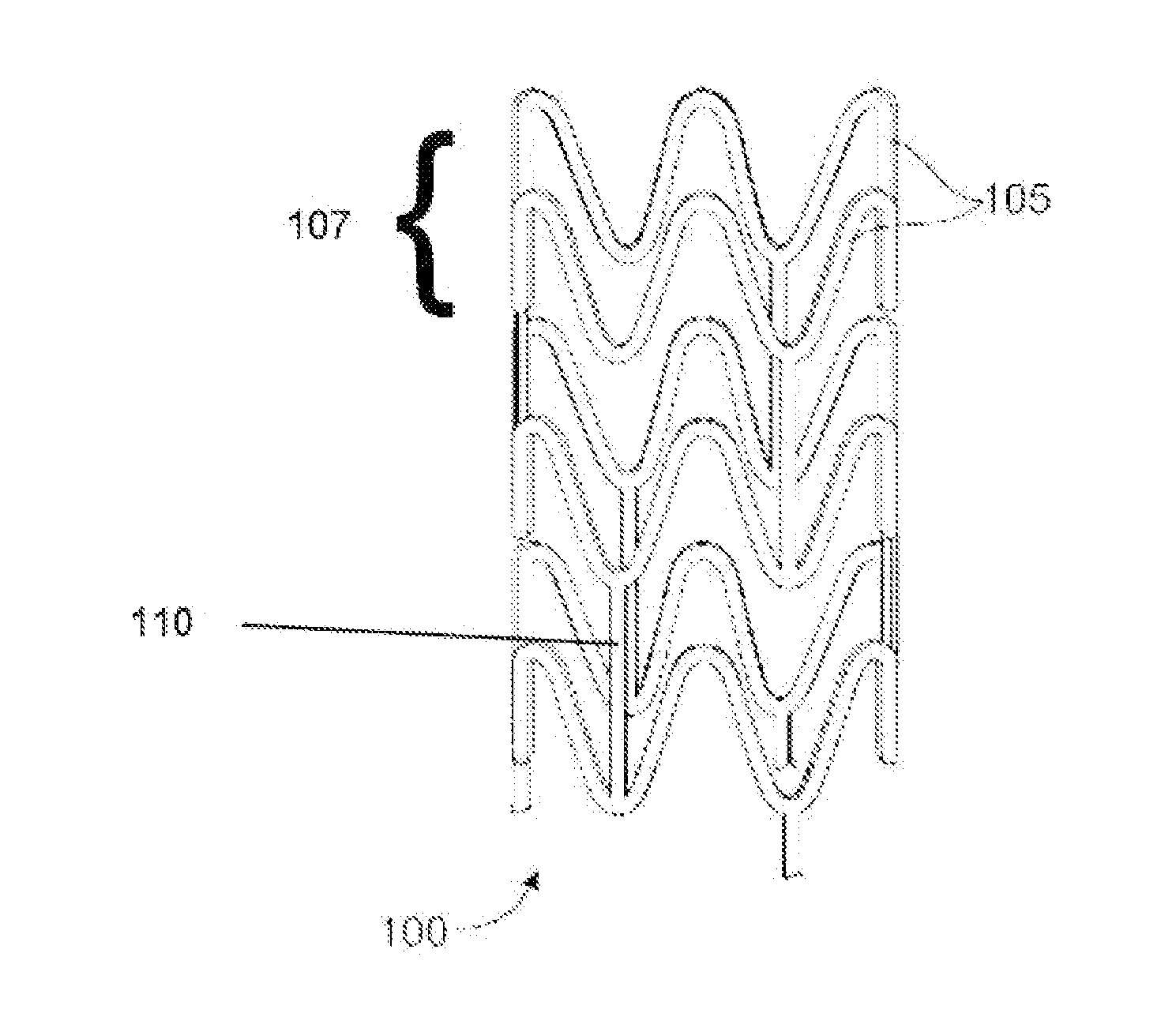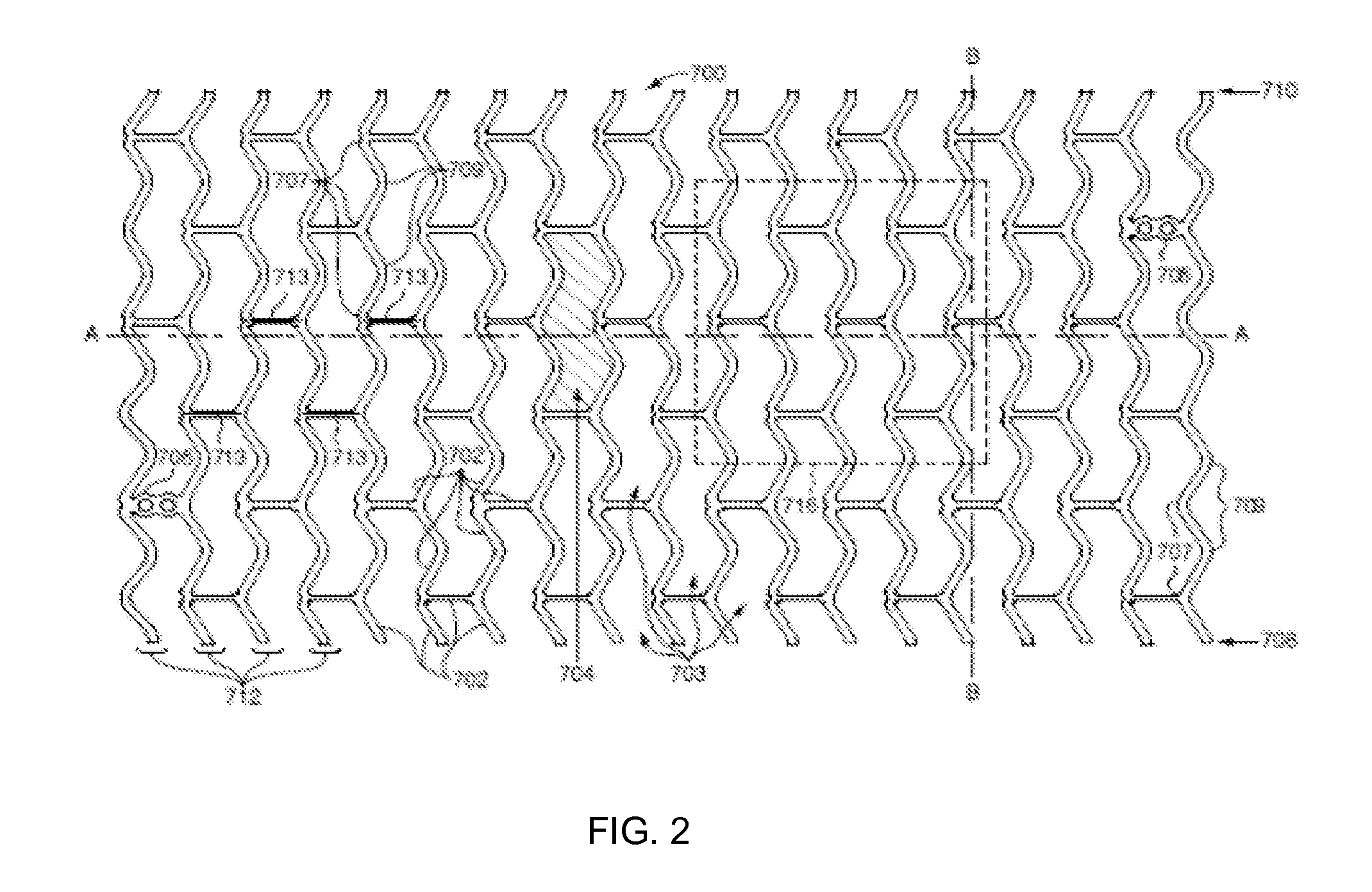Pediatric application of bioabsorbable polymer stents in infants and children with congenital heart defects
a polymer stent and stent technology, applied in the field of pediatric application of bioabsorbable polymer stents, can solve the problems of permanent stents, stent size mismatch, and inability to develop ideal stents, etc., to facilitate the development of the lungs of patients and increase blood flow
- Summary
- Abstract
- Description
- Claims
- Application Information
AI Technical Summary
Benefits of technology
Problems solved by technology
Method used
Image
Examples
Embodiment Construction
[0021]Various embodiments of the present invention include treatment of congenital heart defects in human infants and children with bioabsorbable polymer stents. A human infant or child refers to a human patient less than 12 months old, 12 months to 2 years old, 2 to 3 years old, 3 to 5 years old, or greater than 5 years old. A newborn can refer to a human patient less than 1 day old, 1 day to 1 week old, or 1 to 2 weeks old. The treatment with the stents may reduce or eliminate the adverse affects of congenital heart defects or may be palliative. In the latter case, palliative refers to relieving or soothing the symptoms of the CHD to allow intervention that corrects defects of the CHD at a later time that is safer for the patient.
[0022]The embodiments of the invention include treatments of CHD's including peripheral pulmonary artery stenosis, tetralogy of fallot, cardiac conditions that require patency of the ductus arteriosus, and coarcation of aorta.
[0023]Peripheral pulmonary ar...
PUM
| Property | Measurement | Unit |
|---|---|---|
| diameter | aaaaa | aaaaa |
| diameter | aaaaa | aaaaa |
| length | aaaaa | aaaaa |
Abstract
Description
Claims
Application Information
 Login to View More
Login to View More - R&D
- Intellectual Property
- Life Sciences
- Materials
- Tech Scout
- Unparalleled Data Quality
- Higher Quality Content
- 60% Fewer Hallucinations
Browse by: Latest US Patents, China's latest patents, Technical Efficacy Thesaurus, Application Domain, Technology Topic, Popular Technical Reports.
© 2025 PatSnap. All rights reserved.Legal|Privacy policy|Modern Slavery Act Transparency Statement|Sitemap|About US| Contact US: help@patsnap.com



